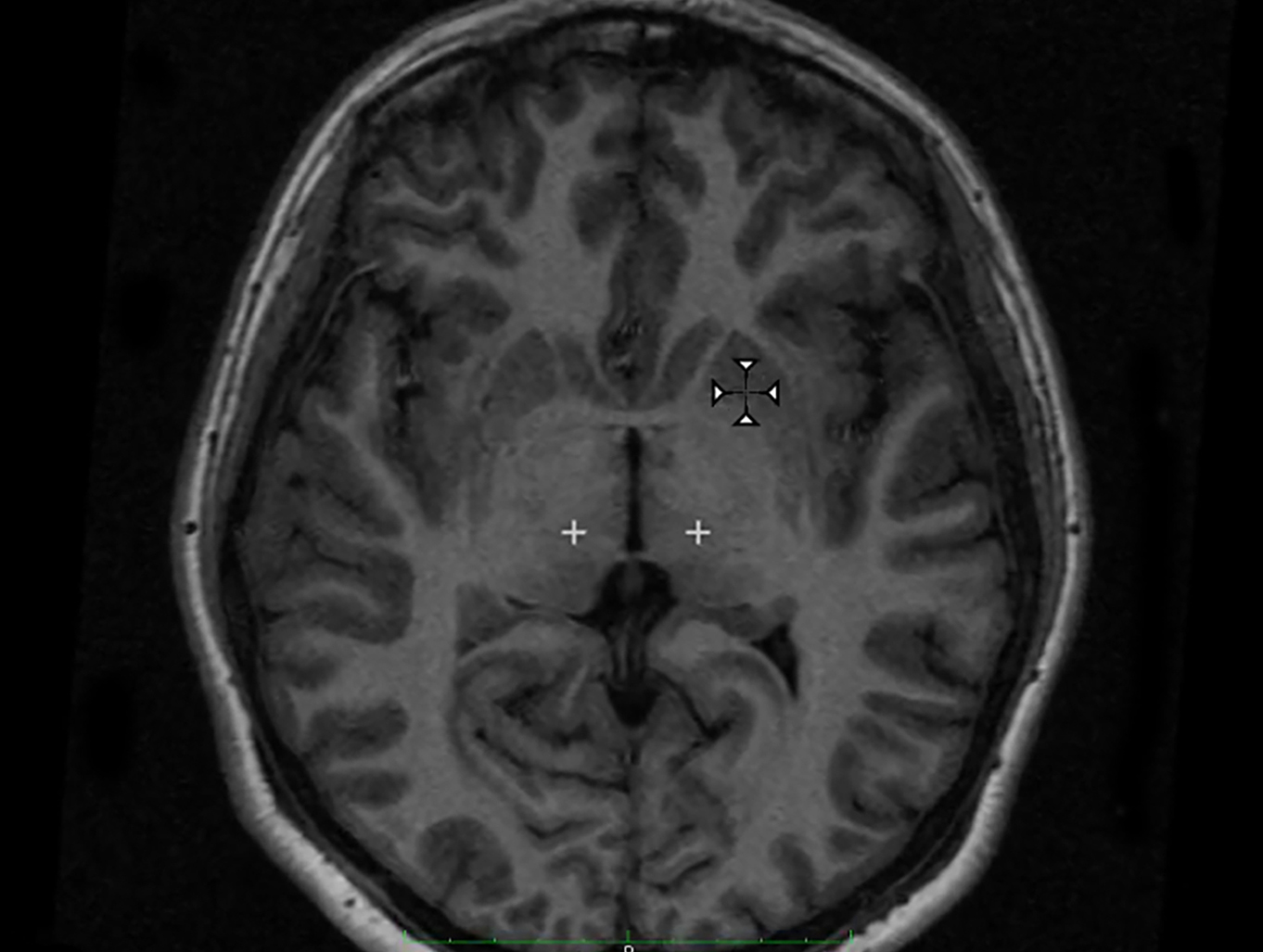RebrAIn - using AI on the brain
Date:
Changed on 01/06/2021

RebrAIn is precision targeting technology for deep brain stimulation, with an algorithm based on artificial intelligence and a collaborative register of health data. Developed to accurately identify those areas of the brain requiring treatment, RebrAIn simplifies and standardises deep brain stimulation by making it less traumatic and minimising any risks, the goal being to treat more patients worldwide. This type of surgery can be used to treat patients with Parkinson's disease or essential tremor.
There are two main technological challenges facing the sector.
The first involves accurately determining the most appropriate areas of the brain for stimulation. There is currently no tool on the market capable of identifying the targets to be stimulated, except by introducing microelectrodes into patients’ brains.
The second involves standardising deep brain stimulation by developing a unique and effective pipeline. Centres currently employ their own visualisation techniques for deep brain structures, meaning results differ from one centre to the next.
The aim of RebrAIn is to tackle these major challenges using precision targeting technology and an algorithm based on artificial intelligence.
The next step will be obtaining CE marking in order to open up the EU market, which makes up 25% of the global market. For this, we are working with an independent consultancy and have taken on a regulatory engineer.
From a technological point of view, the next step will involve fully automating the software that we use in order to be able to deploy it as a Saas (“Software as a service”, a special commercial operating model for software - Ed.).
Lastly, there is the medical/economic analysis, which will be carried out at the end of our clinical protocol and which will enable us to quantify the benefits of our solution for patients, hospitals and manufacturers.
Before launching the start-up, I was a researcher at Inria. In fact, I still am. Via France’s PACTE law, through which researchers are able to spend 50% of their time with companies, I invested in the start-up which led to RebrAIn. I have been working with neurosurgeons from Bordeaux University Hospital on the issue of targeting in deep brain stimulation since July 2015.
We initially tried applying for the resources that would enable us to develop the software and to transfer it to a manufacturer. However, for external reasons, we were unable to submit the application. Inria financed the development of the OptimDBS software through the InriaHub, while Aquitaine Science Transfert (AST, a company for accelerating technology transfers in Aquitaine – Ed.) was responsible for filing the patent. That was when we started to think about launching a start-up. After speaking with the Transfer, Innovation and Partnerships division at the Inria Bordeaux centre, Inria Startup Studio and AST, we felt sure this was the right decision. We were convinced that we were best placed to continue to develop the solution and oversee its deployment on a larger scale. We have taken a number of start-up creation courses, including part of Founders101, another organised by chrysa-link, AST’s incubator, and one we are currently on through HEC Paris.
* Carmen is a joint project-team of Inria, CNRS, the University of Bordeaux and Bordeaux INP within the IMB (UMR 5251), the Inria Bordeaux Sud-Ouest research centre and the IHU LIRYC.